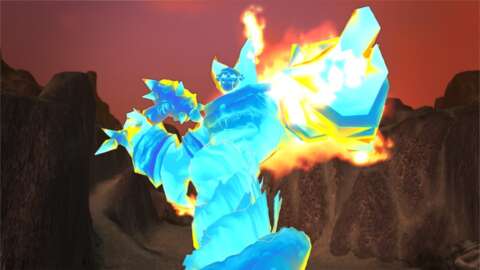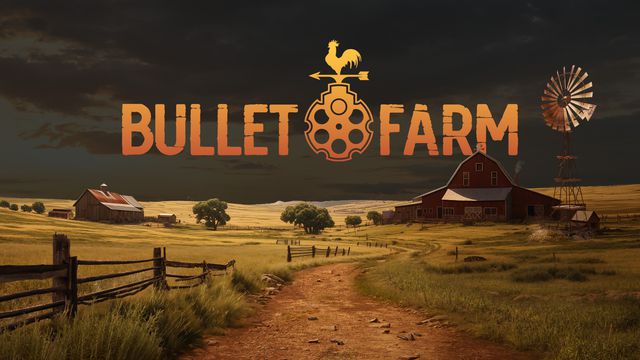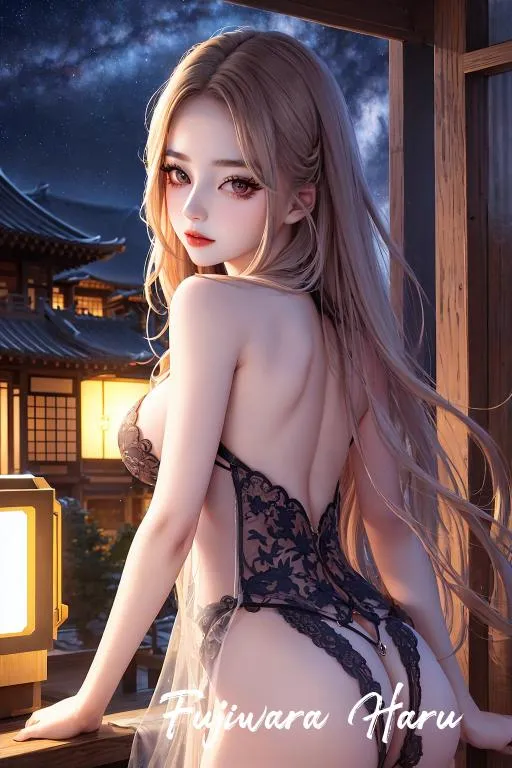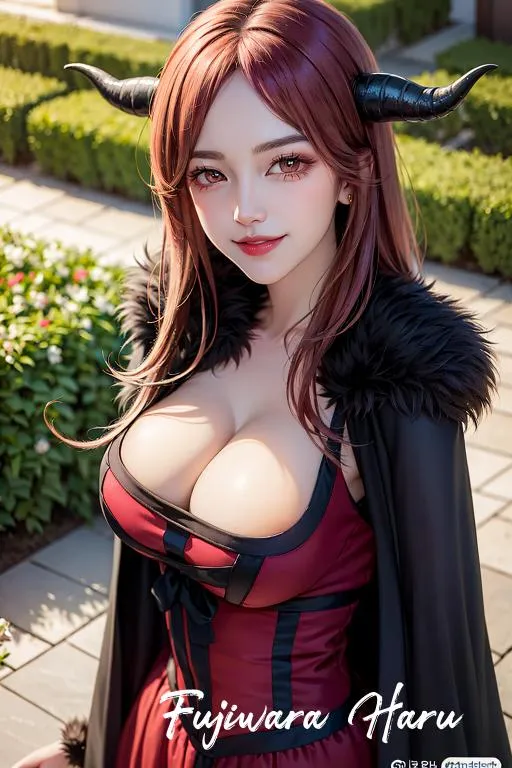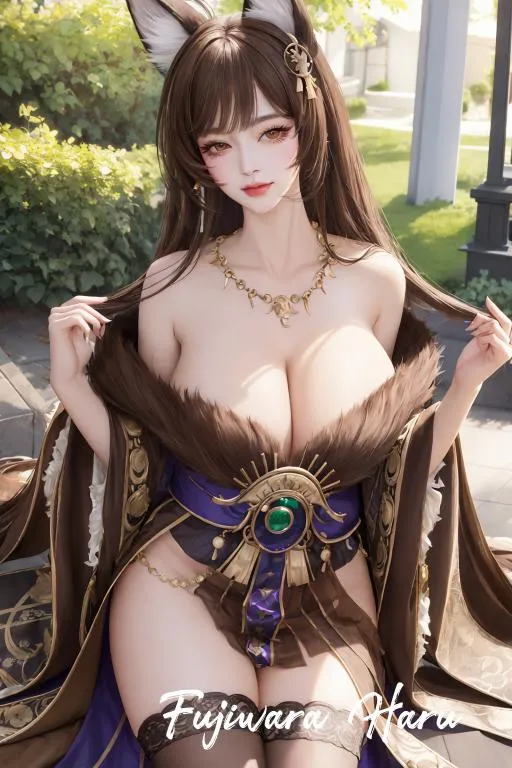Godzilla has been King of the Monsters since he first toppled Tokyo, and the world’s most famous kaiju is showing no signs of slowing down. But it hasn’t been a straight shot for the iconic monster, so let’s go back to the beginning to look at the origins of Godzilla.
Mankind first witnessed Godzilla's rise from the ocean depths in 1954 with the release of Ishiro Honda's Gojira. The first draft of Godzilla was inspired by the American sci-fi monster flick The Beast from 20,000 Fathoms, which also featured a giant dinosaur rising from the ocean to wreak havoc on the local city. While both scripts look similar on paper, there was one vital element that set these two movies apart: the atom bomb.
Godzilla is considered a metaphor for the atomic bombings that devastated Hiroshima and Nagasaki. Echoes of the destruction reverberated in the public consciousness through the development of Godzilla and directly influenced production. Godzilla himself is a byproduct of mankind's tampering with atomic weaponry, an abominable source of power that perverts and decays its surroundings.
So what was the next step for this emotionally packed metaphor for nuclear tragedy? Toho rushed production on a sequel called Godzilla Raids Again. But instead of terrorizing mankind, Godzilla faced off against a spiky dinosaur named Anguirus while also terrorizing humanity. The film set a new precedent. From then on, Godzilla would battle other monsters.
If atomic energy brought about the birth of Godzilla, then capitalism was the catalyst for his next iterations, each one shining further away from Godzilla's atomic origins. The Showa era of films that stretched through the mid-’70s featured a lighthearted Godzilla that painted the giant dinosaur as humanity's defender against other kaiju like Mothra, Ghidorah, Mechagodzilla, and more. And somewhere along the way, he had a son… but we don't talk about that.
Having strayed too far from Godzilla's light, Toho decided to bring the franchise back to its darker roots with a reboot: 1984’s the return of Godzilla. This direct sequel to the original film ignores everything that came since the original – after all, Godzilla is a force to be reckoned with. This period, known as the Heisei era, focused on the moral issues surrounding genetics and featured the return of classic enemies, as well as the rise of new ones like Biollante, Rodan Destoroyah, and more.
In 1998, Hollywood decided to produce their own take on Godzilla. Thankfully, this version only spanned one bad movie, a failed animated series, and a Puff Daddy video. To celebrate 50 years of Godzilla, Toho resurrected the giant-monster wrestling with a series of films that culminated with the release of Godzilla: Final Wars.
Then, in 2014, after the dust on the franchise had settled, Warner Bros. tapped director Gareth Edwards to kick off the MonsterVerse with a release simply titled Godzilla. This film introduced us to Monarch, an organization established to hunt and study MUTOs, a.k.a. massive unidentified terrestrial organisms. Donning the hero mantle once again, Godzilla defends mankind against two MUTOs in a battle that culminates in San Francisco. Afterwards, Godzilla is hailed as a savior in the ruins of the city – the King of the Monsters!
Fresh off the success of America's Godzilla, Toho announced a 2016 release for Shin Godzilla. Helmed by Neon Genesis Evangelion creator Hideaki Anno, the director state that it was impossible to surpass the high bar set by the original Godzilla. Instead of focusing on the nuclear tragedy of the 1940s, Shin Godzilla used the recent 2011 Tōhoku earthquake and Fukushima nuclear disaster as inspiration. The film was met with critical success and new life was breathed into the battleworn franchise. The King of the Monsters had rose again and reclaimed his throne.
And back in the U.S., Warner Bros. successfully launched the second entry into their MonsterVerse with Kong: Skull Island, which also featured a post-credits scene alluding to Godzilla's longtime rivals Rodan, Mothra and Ghidorah.
And so the franchise jumped from King Kong to Godzilla: King of the Monsters, where we find Monarch racing to identify and study the massive creatures, some of which they’re now calling the Titans. Monarch is even facing public scrutiny as more of the ancient monsters are being found. For Godzilla, though, it means officially reclaiming the throne. As an eco-terrorist group wakes up Titans across the globe, Godzilla takes down Ghidorah to earn his crown, putting him squarely back in the “humanity’s defender” category.
But the King of the Monsters good-guy status would continue going back and forth, as his attacks grow seemingly more random and ill-tempered in Godzilla vs. Kong. However, the MonsterVerse would demand its two protagonists get along, and Godzilla is only a villain long enough to justify a massive fight in the neon glow of Hong Kong. Before the dust can settle, the pair team up to defeat the source of Godzilla’s recent bad mood: shady corporate hubris… and Mechagodzilla. But the showdown between the kings ends in a draw with neither of the monsters needing to turn heel for good.
With Monarch: Legacy of the Monsters set to explore the past, present and future of the secretive organization, Godzilla’s origins in this version of his story are sure. But meanwhile back in Japan, Toho’s Godzilla: Minus One seems ready to revert the kaiju back to his origins in 1954, a symbol of destruction and despair, and a consequence of our own actions.
Either way, the King of the Monsters has plenty of atomic breath left to leave his mark on the world!
